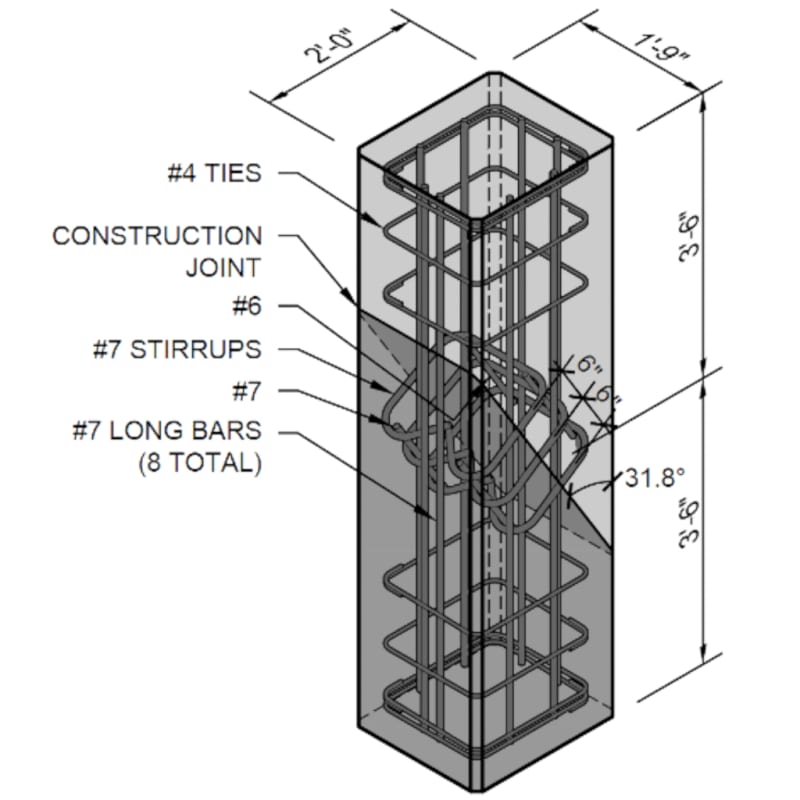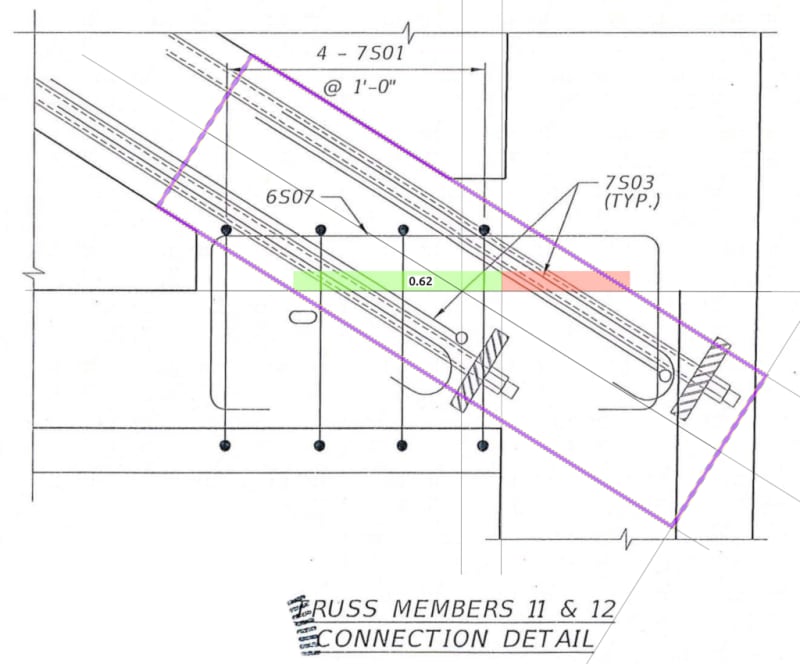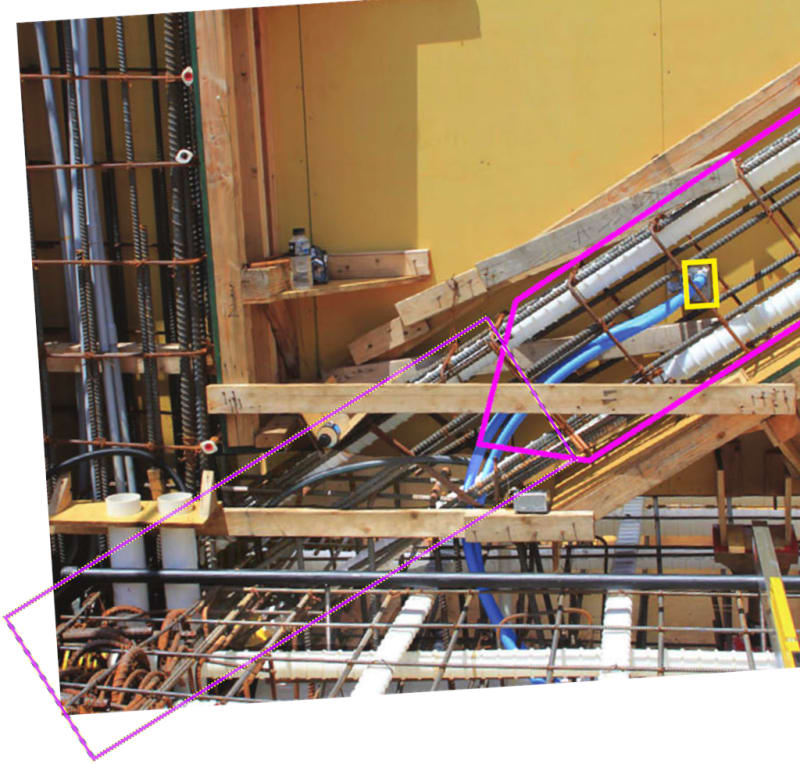As I dug deeper into the WJE report, I was impressed with how much of the collapse senario they got right.
WJE Report said:
The collapse was triggered by sudden crushing of Member 11 near its base.
Having said that, I still don't think they have a full grasp of the failure, and I'll show why.
WJE does not quibble with the fact that a crack developed between Member 11 and the slab. In fact, they tested their specimen in a cracked condition to estimate the capacity of the connection in the as built condition as compared to a "cracked" as designed condition. The roughened surface won and the uncracked specimen were even stronger.
WJE Report said:
The estimated actual resistance of the Member 11/12 connection to the as-placed (un-roughened) deck surface is roughly equal to the estimated northward force of 1677 kips at failure.
This is an interesting finding, and is consistent with what I came to believe was the actual condition prior to retensioning. The structure was hanging on, if only by a thread (I am still looking for the transcript or report where it was mentioned that the cracks had not advanced the last day prior to retensioning). What I would like to reconcile is why the studies say the structure should not have collapsed, why it should have been so much stronger, and why the as built performance was so abysmal.
The test specimen prepared for WJE are a close approximation to an "intended" design.
WJE Report, page 32
Unfortunately, although these specimen may simulate a real design, it
does not replicate what was designed nor what was constructed. It also fails to account for the effective load redistribution caused by varous connectivity issues. The scaled overlay of the seven foot specimen, indicates that only 62 percent of the Member 11 foot print is available for contact with the slab, while the toe of the foot print extends into Column 12, which even WJE seems to concede did not slip. Should their estimates not account for this?
Construction Plans, B-61 Deck Reinforcement & P.T. - Main Span
Also, the test specimen is blessed with carefully considered and installed rebar. The actual structure was neither designed with such rebar and the placement of what was designed did not help. A reasonably scaled overlay shows the problem.
There are no collar ties at the lower end of Member 11 in the same space that WJE included four in three groups. Neither the longitudinal rebar coming down the member, nor the anchoring rebar extending up out of Column 12 are adequately contained, nor were they designed to be. The skewed "U" shaped substitutes just blew off and disappeared as should have been expected.
The Purple outline represents the equivalent location of the WJE test specimen. The Hot Pink outline represents the stub of Member 11 after collapse, scaled from photos with identifying markers such as the electrical outlet and exposed rebar.
With all the extraneous cracks creating a distraction, everyone of record has completely missed the completely inept rebar design and installation in Member 11.
WJE decided that further sliding caused Member 11 to crush. I beg to differ. How about crushing it with a couple of threaded compression rods?
CWB1 (Mechanical) 4 Nov 22 00:42 said:
... and his past work checked for the public's safety.
YES!!!

![[pipe] [pipe] [pipe]](/data/assets/smilies/pipe.gif)


